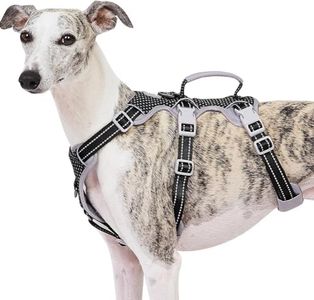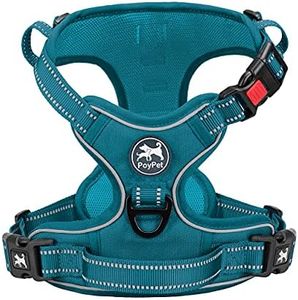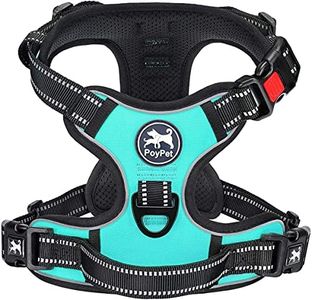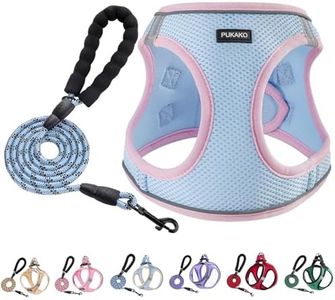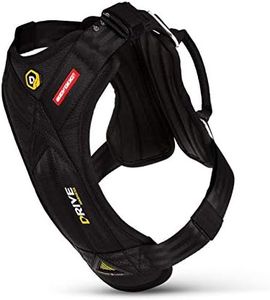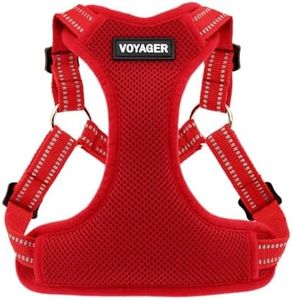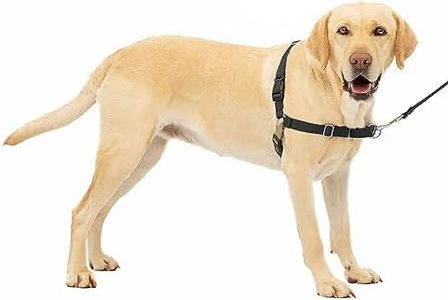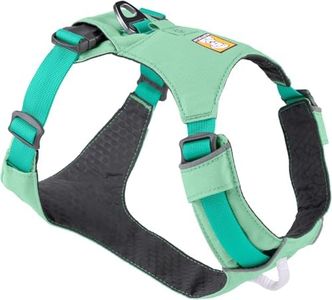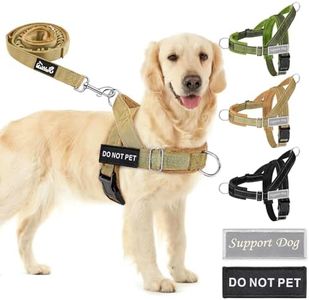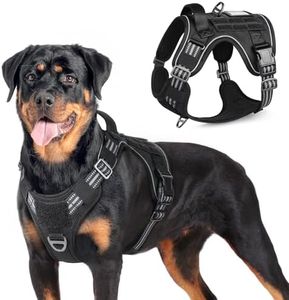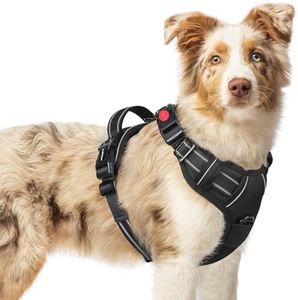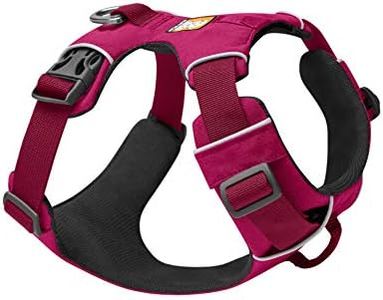We Use CookiesWe use cookies to enhance the security, performance,
functionality and for analytical and promotional activities. By continuing to browse this site you
are agreeing to our privacy policy
10 Best Dog Harness
From leading brands and best sellers available on the web.Buying Guide for the Best Dog Harness
Choosing the right dog harness can make walks more comfortable and safe both for you and your dog. A harness helps distribute pressure more evenly than a collar, reduces strain on your dog’s neck, and gives you better control. The best harness is one that fits well, matches your dog’s activity level, and suits your lifestyle. Before buying, consider your dog’s size, strength, and walking habits to select a model that will keep your furry friend secure and happy.Fit and AdjustabilityFit refers to how well the harness conforms to your dog’s body, while adjustability means you can change the size to get a snug, comfortable fit. A well-fitting harness is essential because it prevents your dog from slipping out and reduces the risk of chafing or restricting movement. Harnesses usually come with one, two, or several adjustable points. For small dogs or puppies, look for more adjustability to accommodate growth. For large or strong dogs, ensure the fit is secure and check the harness regularly for any signs of wear when adjusting it.
Material and PaddingThe material is what the harness is made from, commonly nylon, polyester, or leather, and padding refers to any extra cushioning. The right material and padding ensure both comfort and durability. Lightweight harnesses are good for everyday walks and small dogs, while heavy-duty versions work best for active or strong dogs. Padding can help prevent friction and discomfort, which is particularly important for dogs with short fur or sensitive skin. Choose ample padding for long walks, and lighter options for brief outings in warm weather.
Clip Type (Front Clip vs. Back Clip)The clip type is the location where the leash attaches to the harness. Front-clip harnesses attach at the chest and offer more control for dogs that pull, making them good training tools. Back-clip harnesses connect at the back and are easy to put on, ideal for calm dogs that don’t pull much. Some harnesses offer both front and back clips for versatility. If your dog pulls or needs training, choose a front-clip or dual-clip harness; if your dog walks nicely, a back-clip may suffice.
Ease of Putting OnThis refers to how simple it is to get the harness onto your dog and take it off. Step-in designs require your dog to step into the harness before you fasten it up, while overhead designs go over the head and clip around the body. If your dog is calm and patient, either style can work; for skittish or excitable dogs, you might prefer whichever style is quicker or less fussy to use. Look for quick-release buckles and straightforward straps that speed up the process.
Durability and Hardware QualityDurability is how well the harness holds up over time, and hardware quality refers to the strength and reliability of the buckles, clips, and rings. Strong hardware is important for large or powerful dogs, as weak buckles can break under pressure. For regular use, especially in active or outdoor settings, opt for reinforced stitching and solid metal hardware rather than plastic parts. For small or indoor dogs, lightweight materials with standard hardware may be sufficient.
Reflective Features and VisibilityReflective features are strips or threads that shine in the light, enhancing your dog's visibility in low-light conditions. These are especially useful if you often walk your dog at night or early in the morning. If visibility is important for your walks, prioritize harnesses with built-in reflective strips or bright colors. For daytime use in safe, well-lit areas, this feature is less crucial, but it can still add an extra layer of safety.

